Growth Marketing – A Fast-Track Strategy for Modern Businesses

Growth marketing – the philosophy of growth
Growth marketing differs from traditional marketing in one crucial way: it doesn’t rely on assumptions, but on experiments and data.
Instead of assuming that “customers prefer social media ads,” a growth marketer tests: social ads vs SEO, email vs remarketing, different product descriptions.
The AARRR model – Pirate Metrics for growth
Growth marketing often works within five stages:
- Acquisition – acquiring a user.
- Activation – the first step (e.g., registration, adding to cart).
- Retention – bringing the customer back for repeat purchases.
- Revenue – generating income.
- Referral – recommendations and viral sharing.
At each of these stages, growth teams run experiments and optimizations.
Tools and techniques of growth marketing
- A/B and multivariate testing – trying different headlines, CTAs, pricing, or layouts.
- Content personalization – tailoring messages based on user behavior.
- AI SEO and automation – algorithms suggest keywords, analyze traffic, and help generate optimized content.
- Marketing automation – automated emails, push notifications, and SMS at the right moment.
- Data analytics – identifying top sales channels and customers with the highest LTV (Lifetime Value).
Growth hacking – the creative edge of growth
Growth marketing is often called growth hacking because it thrives on unconventional, creative tactics:
- referral programs,
- using unexpected communication channels,
- micro test campaigns instead of expensive long-term strategies.
Why growth marketing works
Because it’s an iterative process:
- create a hypothesis,
- test it,
- analyze the data,
- scale what works and discard the rest.
This approach reduces risk and speeds up business development.
Conclusion
Growth marketing isn’t just a buzzword – it’s a mindset and a method. Companies that adopt it discover effective growth channels faster, optimize spending, and outperform their competition.
Przeglądaj inne artykuły

Software That Never Launches: Why Continuous Evolution Is Replacing Releases and Roadmaps
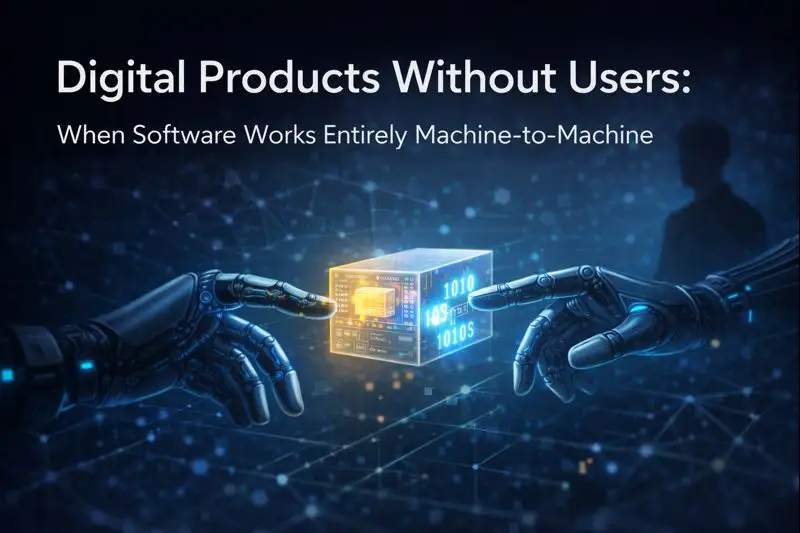
Digital Products Without Users: When Software Works Entirely Machine-to-Machine
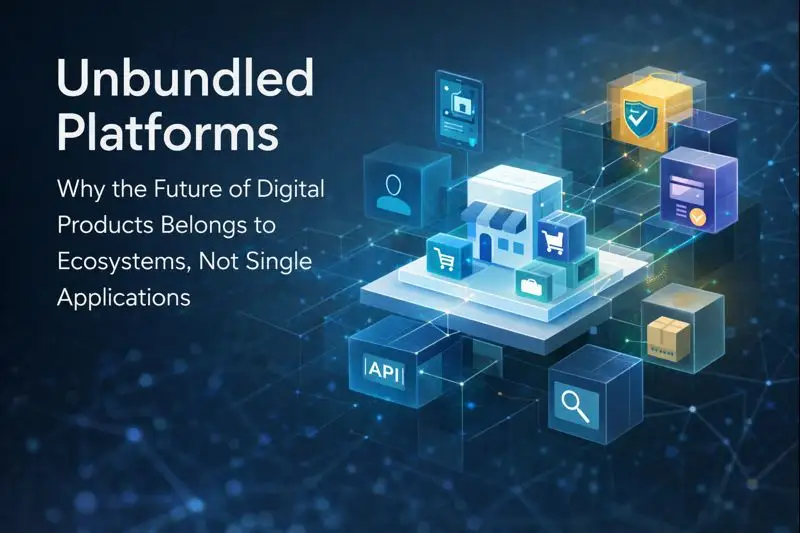
Unbundled Platforms: Why the Future of Digital Products Belongs to Ecosystems, Not Single Applicatio

Silent Software: Why the Most Valuable Digital Products of the Future Will Be the Ones Users Barely
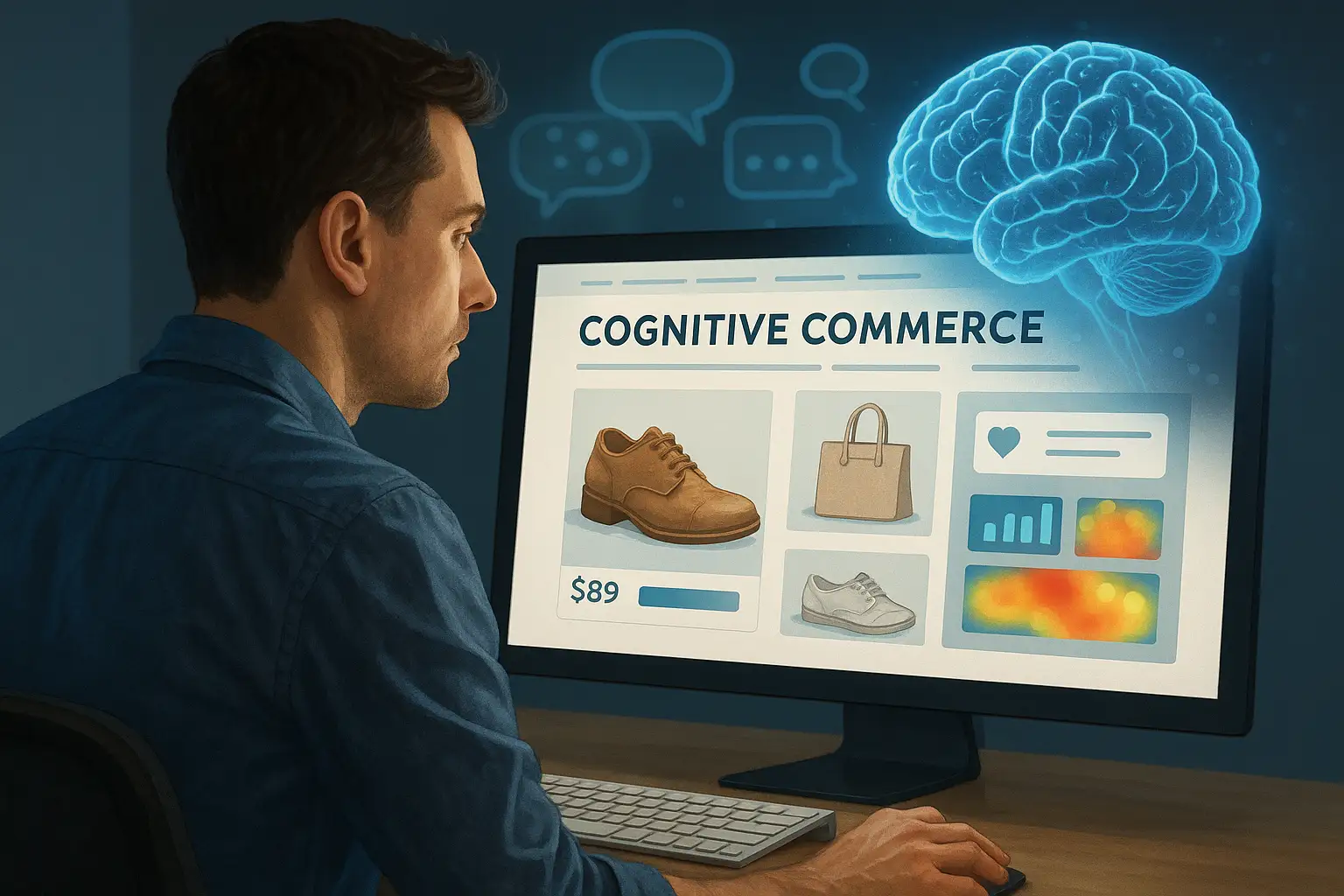
Cognitive Commerce: How AI Learns to Think Like Your Customers and Redefines Digital Shopping

Predictive UX: How AI Anticipates User Behavior Before It Happens

AI-Driven Product Innovation: How Intelligent Systems Are Transforming the Way Digital Products Are

Adaptive Commerce: How AI-Driven Systems Automatically Optimize Online Stores in Real Time

Zero-UI Commerce: How Invisible Interfaces Are Becoming the Future of Online Shopping

AI Merchandising: How Intelligent Algorithms Are Transforming Product Discovery in Modern E-Commerce

Composable Commerce: How Modular Architecture Is Reshaping Modern E-Commerce and Marketplace Develop

Context-Aware Software: How Apps Are Becoming Smarter, Adaptive, and Environment-Responsive

AI-Driven Observability: The New Backbone of Modern Software Systems

Hyper-Personalized Software: How AI Is Creating Products That Adapt Themselves to Every User

Edge Intelligence: The Future of Smart, Decentralized Computing

AI-Powered Cybersecurity: How Intelligent Systems Are Redefining Digital Defense

Modern Software: How Our Company Is Reshaping the Technology Landscape

From Digital Transformation to Digital Maturity: Building the Next Generation of Tech-Driven Busines

AI Agents: The Rise of Autonomous Digital Workers in Business and Software Engineering

Synthetic Data: The Next Frontier of AI and Business Intelligence

Quantum AI: How Quantum Computing Will Redefine Artificial Intelligence and Software Engineering

Design Intelligence: How AI Is Redefining UX/UI and Digital Product Creativity

How Artificial Intelligence Is Transforming DevOps and IT Infrastructure

AI Observability in Production: Monitoring, Anomaly Detection, and Feedback Loops for Smart Applicat

Low-Code Revolution: How Visual Development Is Transforming Software and Marketplace Creation

Composable Marketplaces: How Modular Architecture Is the Future of Platform Engineering

AI-Powered Storyselling: How Artificial Intelligence Is Reinventing Brand Narratives

The Era of Invisible Commerce: How AI Will Make Shopping Disappear by 2030

From Attention to Intention: The New Era of E-Commerce Engagement

Predictive Commerce: How AI Can Anticipate What Your Customers Will Buy Next

Digital Trust 2030: How AI and Cybersecurity Will Redefine Safety in the Digital Age

Cybersecurity in the Age of AI: Protecting Digital Trust in 2025–2030

The Future of Work: Humans and AI as Teammates

Green IT: How the Tech Industry Must Adapt for a Sustainable Future

Emerging Technologies in IT: What Will Shape 2025–2030
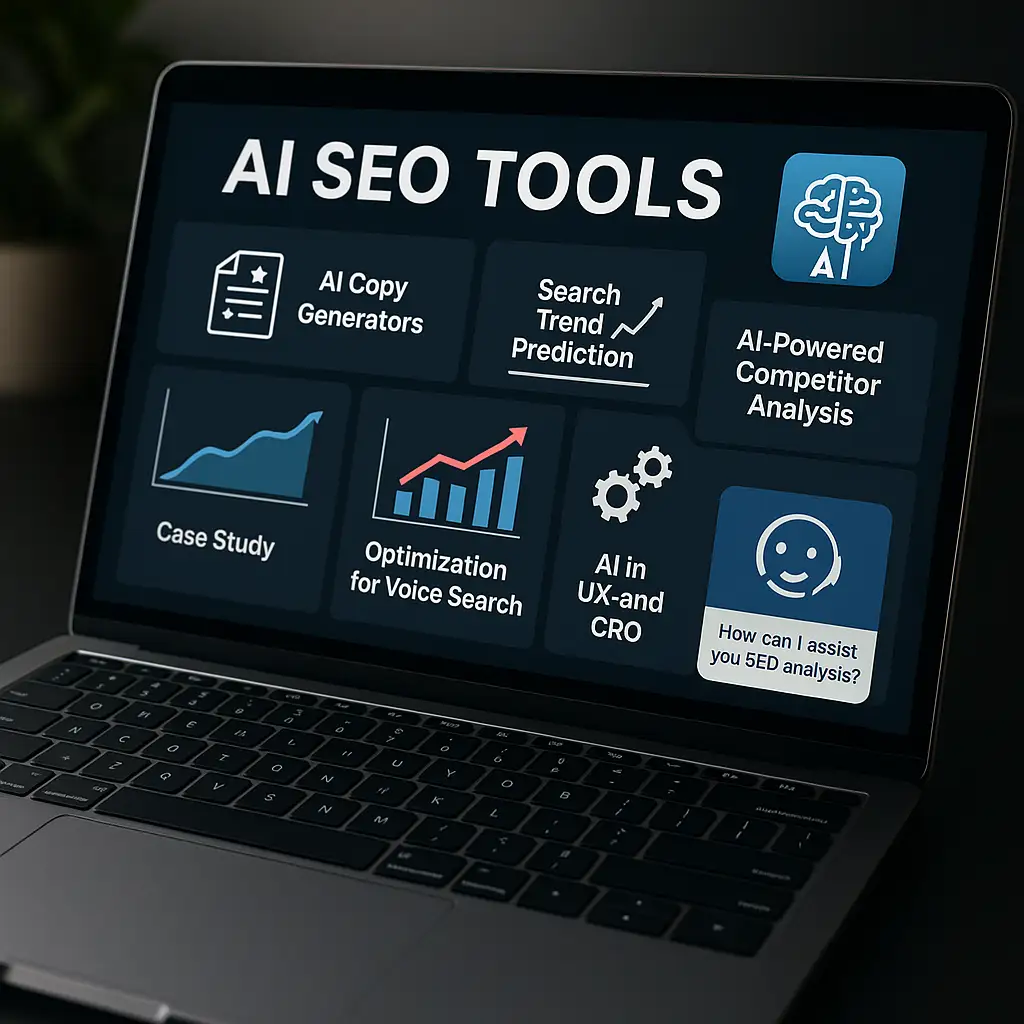
AI SEO Tools – 5 Technologies Revolutionizing Online Stores

AI SEO – How Artificial Intelligence Is Transforming Online Store Optimization

Product-Led Growth – When the Product Sells Itself

Technology in IT – Trends Shaping the Future of Business and Everyday Life

Marketplace Growth – How Exchange Platforms and E-commerce Build the Network Effect

Edge Computing – Bringing Processing Power Closer to the User

Agentic AI in Applications – When Software Starts Acting on Its Own

Neuromorphic Computers and 6G Networks – The Future of IT That Will Change the Game

Meta Llama 3.2 – The Open AI That Could Transform E-Commerce and SEO
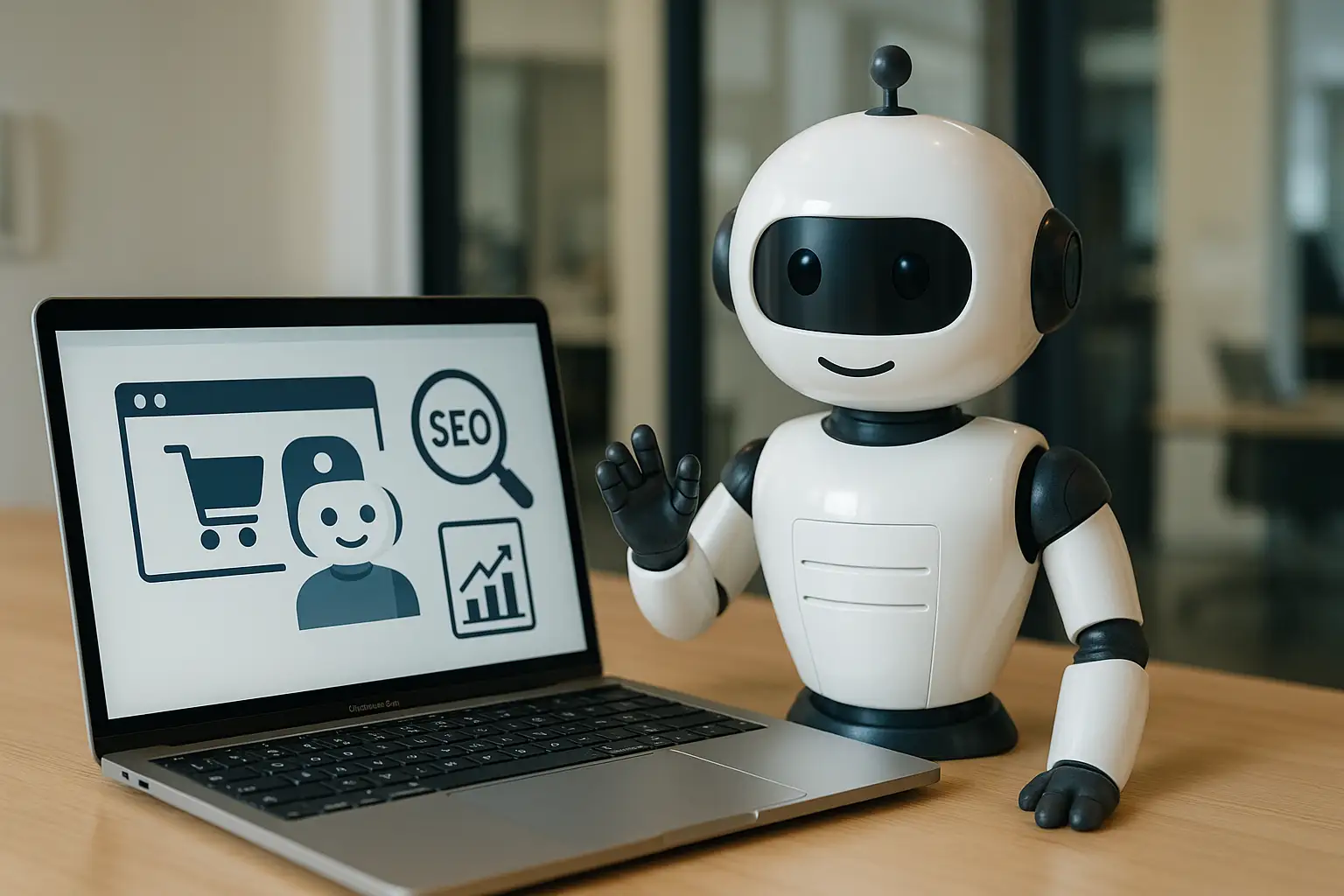
AI Chatbot for Online Stores and Apps – More Sales, Better SEO, and Happier Customers

5 steps to a successful software implementation in your company

Innovative IT solutions — why invest now?

Innovative software development methods for your business

5 steps to successfully implement technological innovation in your company
